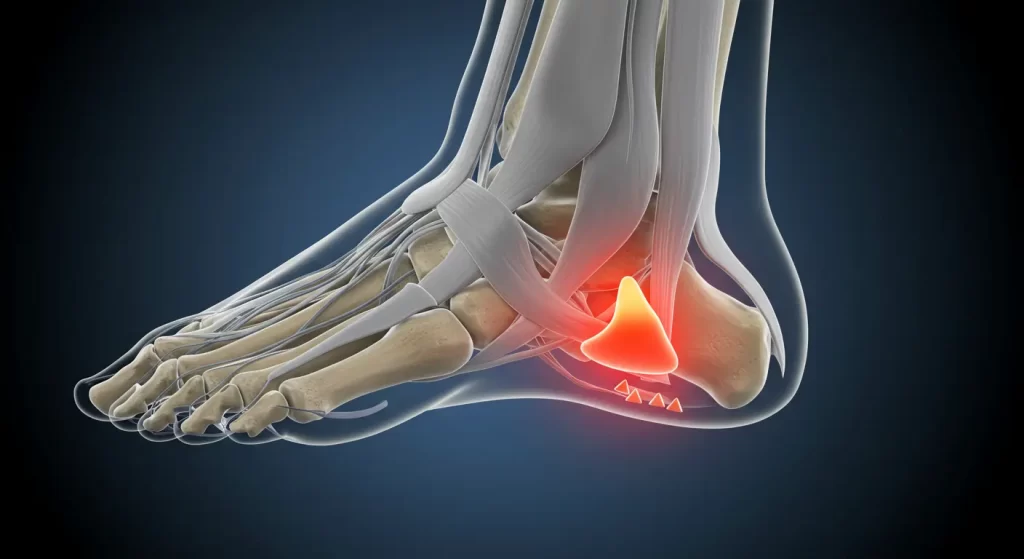Agonizing Plantar Fasciitis and Heel Spurs
Plantar fasciitis and heel spurs. My feet hurt. Especially my heel spurs. In the September 2019 issue, I wrote about foot pain and the many causes. Let’s discuss two of the most common reasons for foot pain.
Plantar fasciitis and heel spurs.
Although many believe that plantar fasciitis and heel spurs are the same, they are not. The symptoms and treatments are often very similar. The causes are different. Let us define each.
What are Plantar fasciitis and heel spurs?
Plantar fasciitis.
The fascia is a powerful thick tissue ligament-like that supports the arch of the foot and bridges the arch. The plantar fascia absorbs the stresses and strains of the weight-bearing of our feet. The body’s natural response to injury is inflammation, which results in the heel pain and stiffness of plantar fasciitis.
Heel spur
A heel spur is a bony-like growth called a calcium deposit that extends between your heel bone and arch. Heel spurs don’t always cause pain.
Long-term muscle and ligament strains cause heel spurs. The excessive stress causes the bone to become reactive, and more calcium is sent to the area to heel it. This stress, in effect, builds the spur. Heel spurs develop over time.
Risk Factors for Plantar fasciitis and heel spurs.
Risk Factors – plantar fasciitis include:
Tight calf muscles, obesity, high arch, repetitive impact activity like running, and new or increased exercise.
Risk Factors – Heel Spurs include:
Repetitive stress from walking, running or jumping on hard surfaces.
They may also develop from wearing shoes that don’t support your foot.
Heel spurs may also be caused by arthritis, bruising of the heel, excessive body weight, poorly fitting shoes, wearing flip-flops too often, and wearing worn-out shoes.
The Symptoms
Plantar fasciitis symptoms include pain on the bottom of the foot near the heel. The first few steps after inactivity, like getting out of bed or prolonged sitting, cause pain. This pain improves after a few minutes of walking. More considerable pain after (not during) exercise or activity
Symptoms of heel spurs may include pain, inflammation, swelling at the front of your heel, and warmth. Some heel spurs may cause no symptoms at all.
Treatment for Plantar fasciitis and heel spurs
Treatment for both is similar. These include:
Rest, application of ice, NSAID, Steroidal shots into the heel, exercises, support shoes or orthotic shoe inserts, night splints, physical therapy, and the last resort is surgery.
Nonsurgical treatment is the mainstay of treatment.
SURGERY IS RARELY NEEDED!
Although no studies are available essential oils that act as natural anti-inflammatories help reduce both pain and swelling. Massage these into your heels for relief. These include the following oils: bergamot, eucalyptus, fennel, lavender, orange, rosemary, sesame, and thyme. No conclusive studies have proved or disproved this. Worth a try?
See other foot problems: Common Foot Pain Causes



